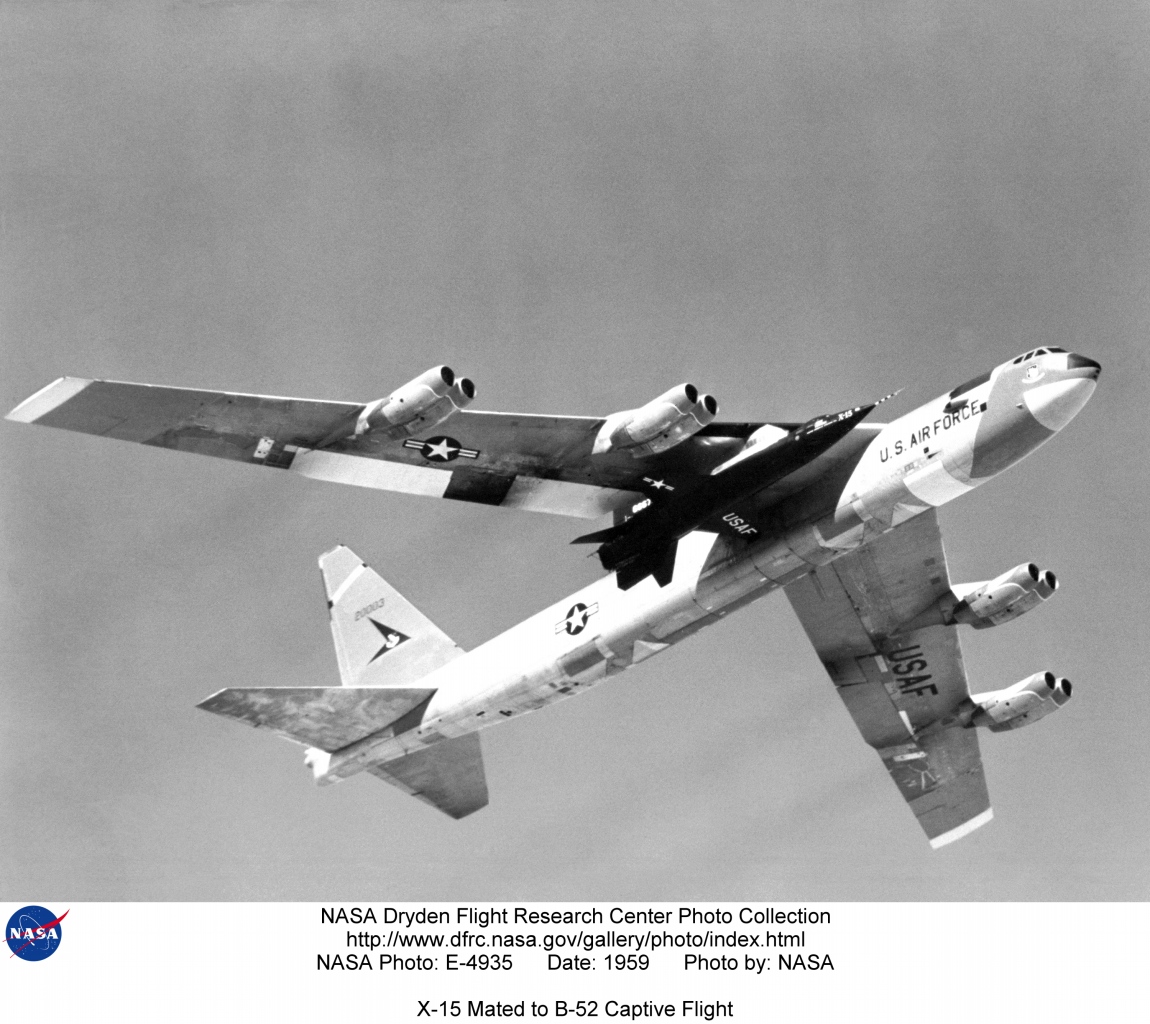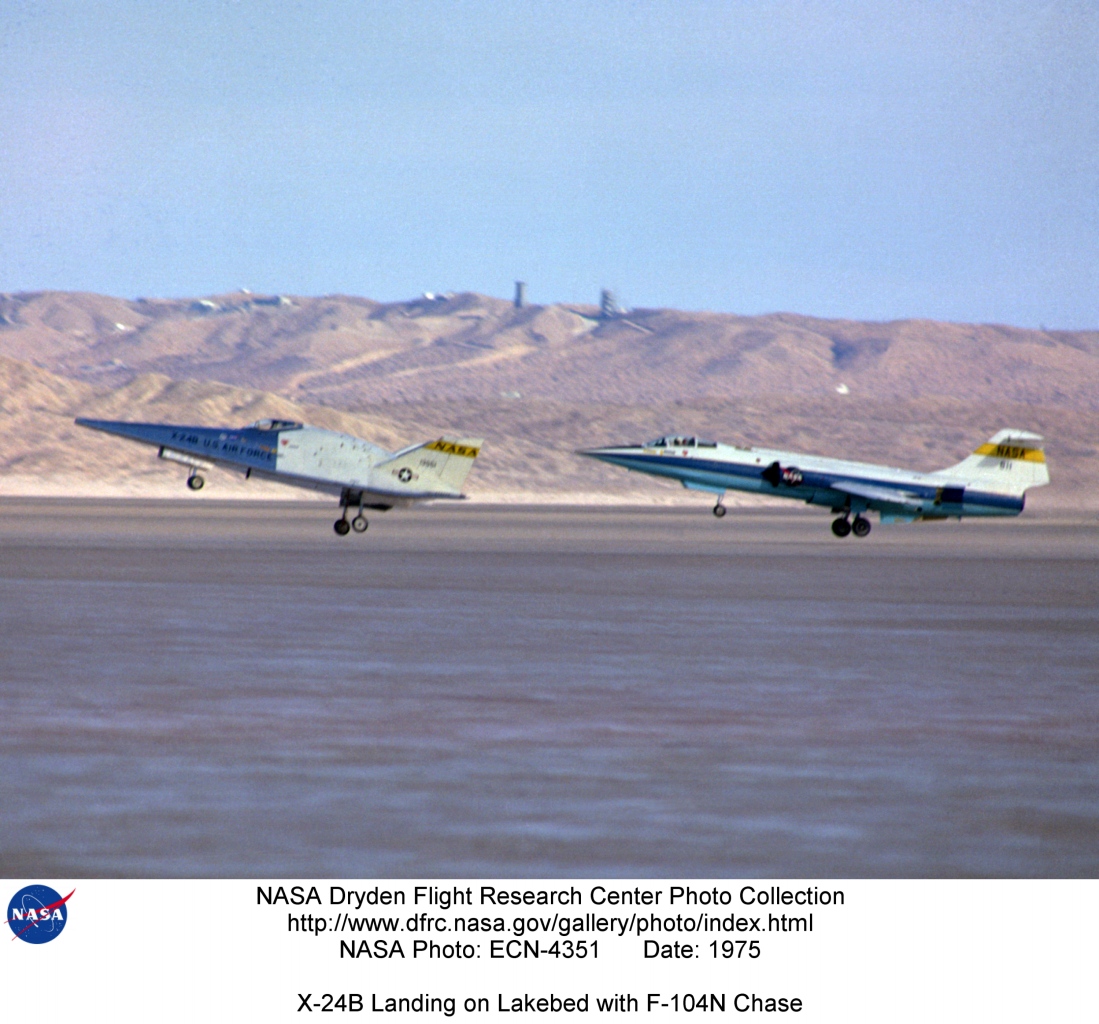I’m typing this while I try to watch the debate, which I now know from new research is really impossible (as I wrote about in this blog post) … but anyway:
This year’s Blog Action Day topic is “Poverty.” All the blog-savvy readers undoubtedly already know that Blog Action Day “is an annual nonprofit event that aims to unite the world’s bloggers, podcasters and videocasters, to post about the same issue on the same day. Our aim is to raise awareness and trigger a global discussion.”
Hmmm, what do I post about poverty? As a science fiction writer and editor, I like this quote from Robert A. Heinlein’s “The Notebooks of Lazarus Long” (in Time Enough For Love):
Throughout history, poverty is the normal condition of man. Advances which permit this norm to be exceeded — here and there, now and then — are the work of an extremely small minority, frequently despised, often condemned, and almost always opposed by all right-thinking people. Whenever this tiny minority is kept from creating, or (as sometimes happens) is driven out of a society, the people then slip back into abject poverty. This is known as ‘bad luck.’
Something to think about in this political season.
Moving on, we have two space history anniversaries today.
First, 50 years ago today the X-15 rolled out from the North American plant in Los Angeles, CA. When we were stationed at Edwards Air Force Base, I was on the Pegasus Flight Readiness Review Committee with Bill Dana, one of the X-15 test pilots. That was pretty cool.
And five years ago today, the Chinese launched their first manned mission with taikonaut Yang Liwei aboard Shenzhou-5 (“Divine Vessel 5”).
Finally, the “whatnot” … it looks as if this post is long enough already, so I’ll leave off the whatnot.



 by
by 








